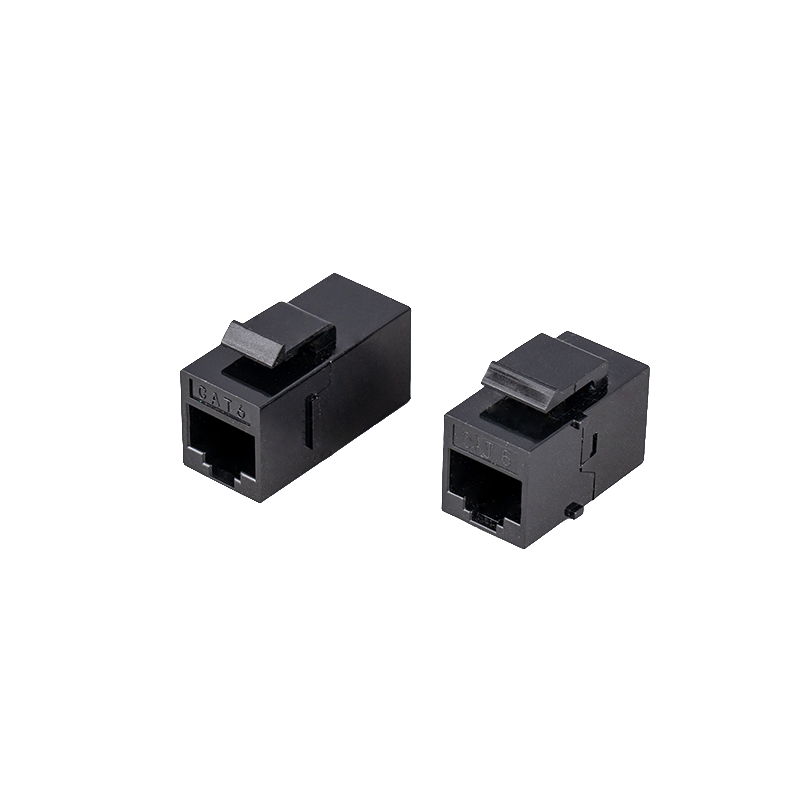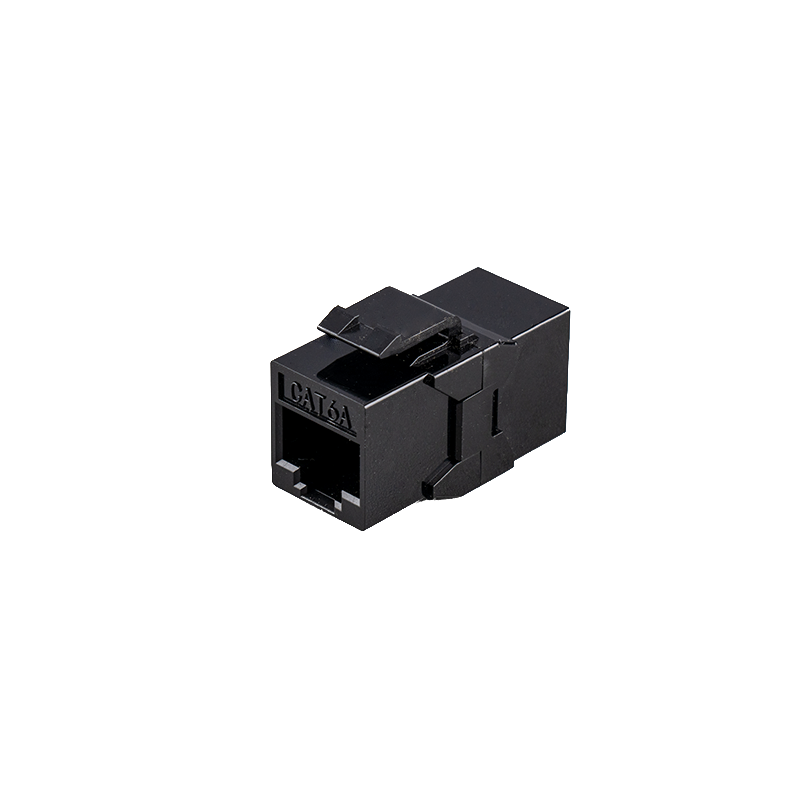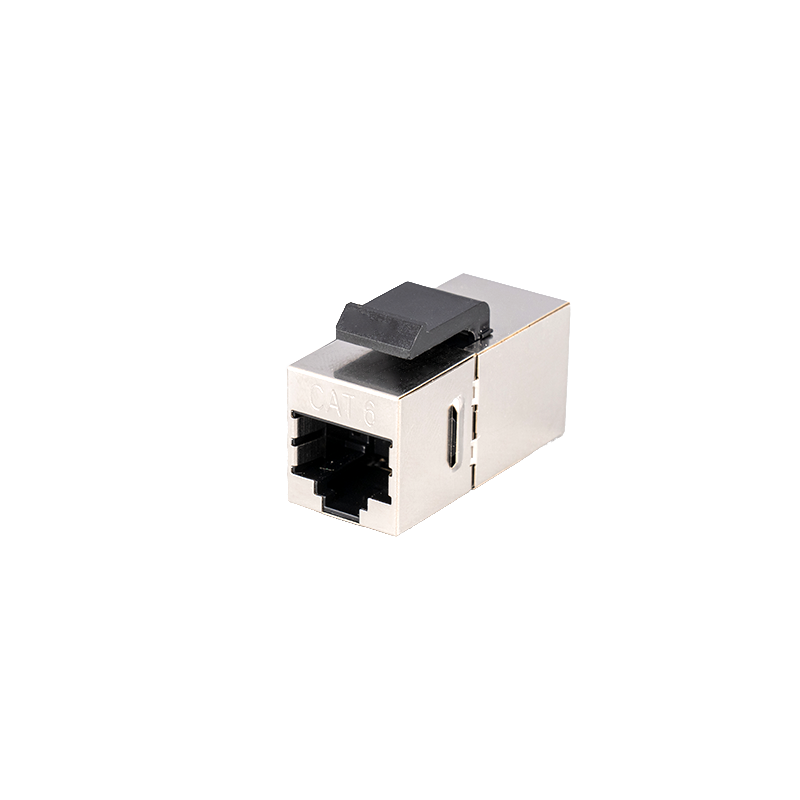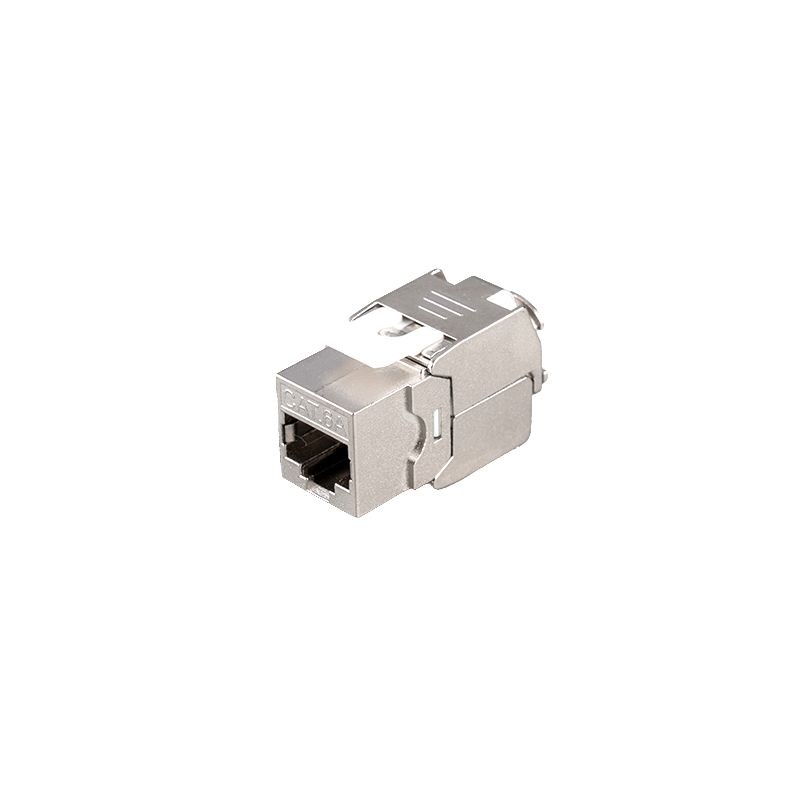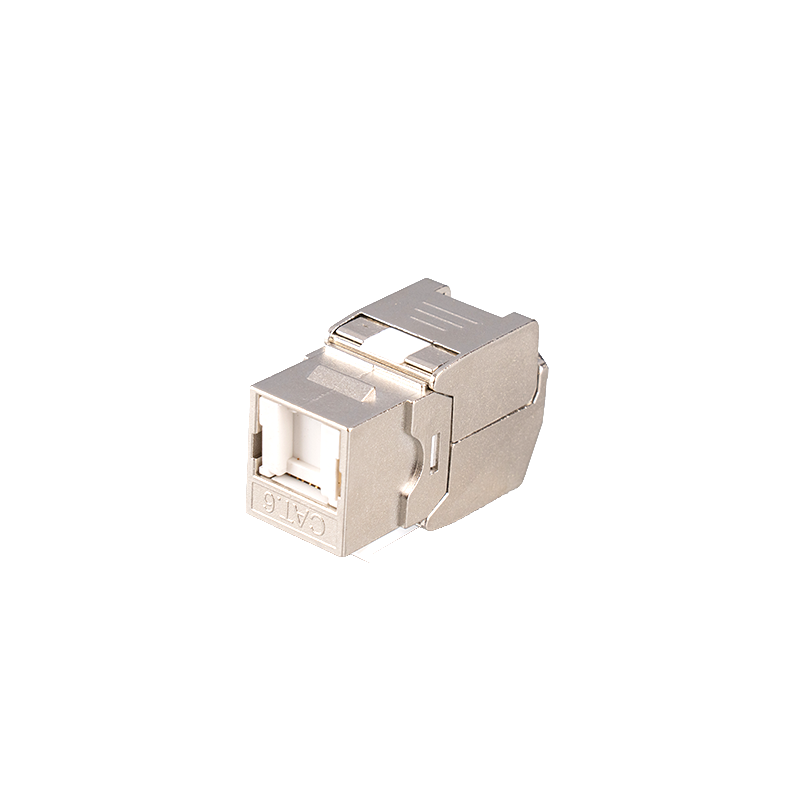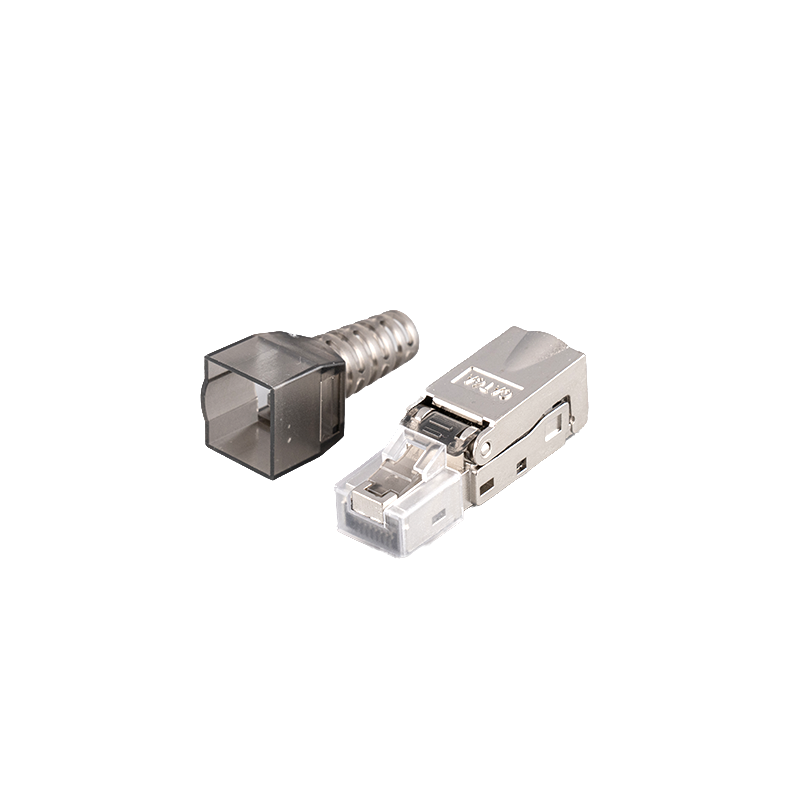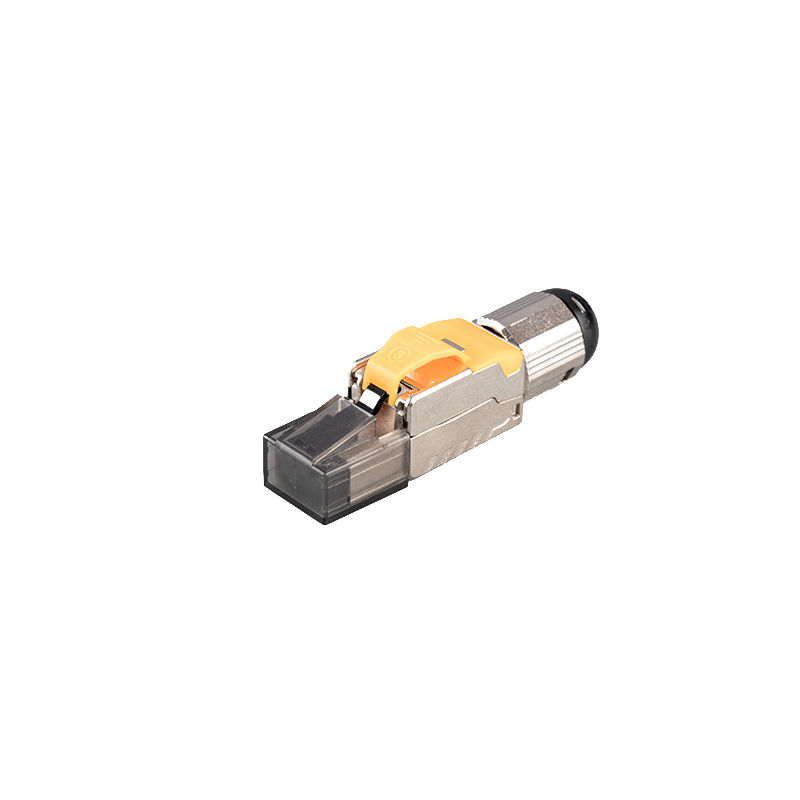
Is it necessary to reserve free ports when installing a patch panel?
When installing patch panels, it is indeed necessary to reserve spare ports, which is the key to ensuring the flexibility and scalability of the network system. The following is a point by point introduction:
1. Coping with the increase of future devices
Support for expansion: With the addition of office equipment, monitoring devices, or servers, reserved ports can be directly connected to new devices without the need for rewiring.
Avoiding duplicate construction: Pre reserving ports can reduce the frequency of later construction or wiring adjustments, saving labor and time costs.
2. Emergency backup for faults
Quickly replace faulty ports: Once a port fails, the backup port can be immediately activated to ensure uninterrupted business operations.
Support temporary connection requirements, such as testing equipment, temporary workstations, etc., which can quickly access idle ports.
3. Optimize wiring and management
Keep jumper wires clean: Moderate spare space can avoid tangled jumper wires caused by overly dense ports, improving wiring aesthetics and management efficiency.
Improving air circulation: In high-density environments such as data centers, appropriate space can also help with ventilation and heat dissipation inside cabinets.
4. Recommended reservation ratio
Small network: It is recommended to reserve 10% -20% of spare ports.
Medium to large network/data centers: It is recommended to reserve 20% to 30% of spare ports, or estimate based on expansion plans for the next 3-5 years.
5. Cooperate with the line management and labeling system
Easy to identify spare ports: Spare ports can be uniformly identified through labels or tags for easy subsequent use or allocation.
Improve maintenance efficiency: Maintenance personnel can quickly identify and use spare ports, reducing troubleshooting time.


 英语
英语 中文简体
中文简体





